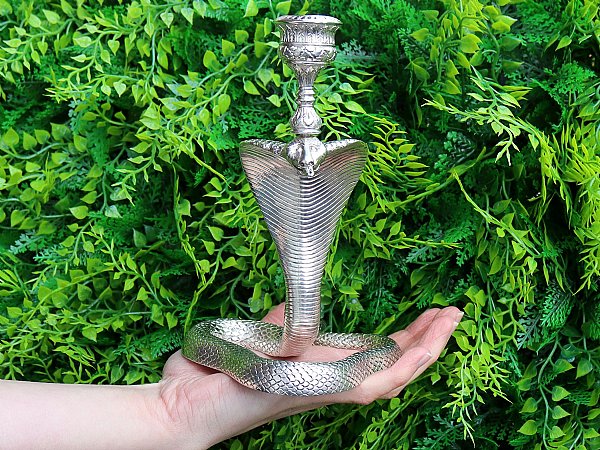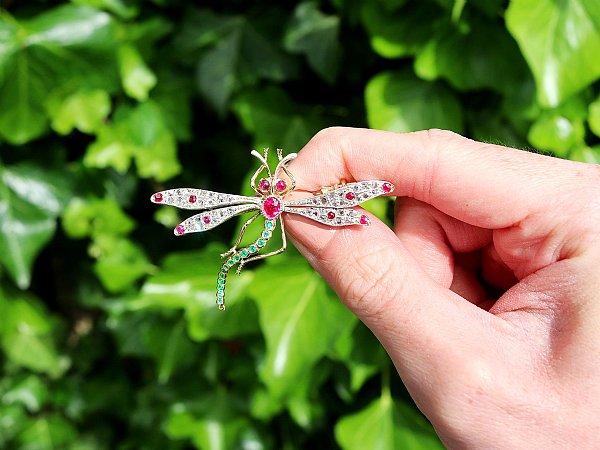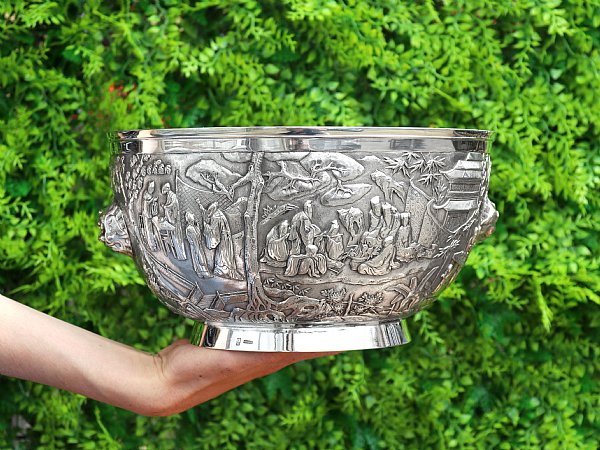Search Results for: '{{searchText}}'
Sorry...
We don't seem to have what you're looking for.
However we do have thousands of magnificent pieces of silver and jewellery available for you to view online. Browse our store using one of these categories.
Please wait for loading data... 
At AC Silver we are proud to be able to offer our customers a collection of vintage and antique silver candelabra and candlesticks for sale.
We are pleased to have a selection which includes candelabra & candlesticks created across the Victorian and Edwardian era, as well as antique and vintage pieces from the twentieth century.
Andrew Campbell hand picks all antique and vintage silver candelabra and candlesticks in the AC Silver inventory, only the finest examples of their type are added.
All of the vintage and antique silver candle holders at AC Silver come with free and insured worldwide shipping and a 14 day return policy.

Originally, a candlestick was simply a cup or spike which held the candle upright and caught the dripping wax as it melted, as to protect the surface the candle was upon. Candlesticks which still feature this spike are known as 'pricket' candlesticks. Although this design wasn't originally intended as a domestic candle holder, they have stood the test of time and can still be found today - with later restoration examples being found as solid three-part cast components of a spike, dish pan and baluster stem. Gradually, candlesticks developed from purely utilitarian items, into pieces of decorative silverware in their own right.
The definition of a candlestick is any type of holder for candles, in spite of style and type. This vague candlestick definition means that there are many types and styles of candlestick, with a varied use in different areas of the household, as well as the obvious difference between large, more decorative candlesticks which would've been used in in wealthier households. In addition to hallmarks and style of design, the height of a candlestick can gesture towards an era of manufacture; for example, 1660s found 9 inches high, 1700-1755 as 7 inches, 1755-1799 favoured 10inches and since 1800 there has been a popularity for the more decorative 10-12 inches.
The earliest candlestick which has been discovered is a clay candleholder which dates back to 400BC, and it believed that the candle itself was created as early as 3000BC by the Ancient Egyptians, who used beeswax to illuminate their way in the dark.
During the 1600s, designs of candlesticks were predominantly silver and much sturdier than the brass examples that would follow them. They were usually crafted with an inverted wine cup shaped base.
The first English silver table candlesticks date during the early 17th century, during the reign of Charles I, these candlesticks are very rare to locate. Candlesticks of this period (and into the early 18th century) fulfilled a function as opposed to being purely for decorative purposes, meaning they were being made in large quantities and used daily. Due to the heavy usage of such pieces, it can often mean to locate in such perfect condition can be difficult. The mass production of candlesticks of this period sadly also meant that a lot were subsequently melted down. This methodology of melting down English candlesticks was also utilised during the Civil War.
Moving forward to the 18th century, other forms become more popular; the baluster form for example, which later evolved into various other swelling and undulating forms, often with ornamental edges. To enhance the ease of design variations and lower manufacturing costs the late 18th century saw the use of sheets of metal being stamped and encased around a metal, plaster or pitch core, allowing the candlestick to maintain the weight without the use of expensive materials.
The 18th century also saw the standard table candlestick increase in height and saw the average height double in size to 12 inches.
During the 1870s, the electric lightbulb was invented, and gradually was introduced to homes across Europe and the world. Although candlesticks have become far less common since they stopped being a practical necessity, they are still incredibly popular as decorative pieces.
Candlesticks saw a surge of popularity during the Early Elizabethan and Stuart periods. Tragically however, most of these were subsequently melted down, meaning that items from this era are very rare to come across today. This methodology of melting down English candlesticks was also utilised during the Civil War.
There are many types of candlesticks, as they were the primary source of light in all households for hundreds of years. Candlesticks became much more commonly used during the 18th century, when dining habits changed, as the French style of eating later in the evening was adapted across Europe, there was more demand for ornamental candlesticks which would look impressive on the dinner table, as well as being functional.
-
Tapersticks - Generally smaller and thinner candlesticks, made for the purpose of lighting other candles, or to provide wax for wax seals. They were not needed to light a large space or hold larger candles, and their diminutive size is based on the need for them to be easy to transport quickly between rooms.
-
Piano Sticks - Larger than the tapersticks with wider, heavier bases, which were created to sit atop a piano. Because they were made for sitting on top of a piano, they were primarily intended to illuminate the piano keys for those sitting and playing. This is the reason that piano candlesticks are shorter than most other types of candlesticks, if they were too tall they would not provide sufficient light where it was most needed. There are some antique pianos with well-hidden pop-out candle holders, allowing the light to be as close as possible to the keys.
-
Altar Candlestick - Altar candlesticks are very tall and wide candlesticks, which were made with the intention of ornamenting an altar in a church. These often feature wide sconces, and needed to be large to hold larger candles and to be seen by the entire congregation
-
Chambersticks - Chambersticks were specifically created to be used in the bed chamber, and to be carried up to bed. Chambersticks are easy to distinguish from other candlesticks as they feature a large drip pan for wax, as well as often benefitting from a candle snuffer. Chambersticks were also shorter than most candlesticks, as the light was not needed to illuminate the entire room, just to light the way top bed and possibly to read whilst in bed.
A candelabrum is a large standing branched candlestick, which can hold several candles, with candelabra being a term to reference the plural form. This has changed over history with many choosing the term candelabrums, however, candelabra is a now a commonly accepted term for a single multiple-armed candle holder.




